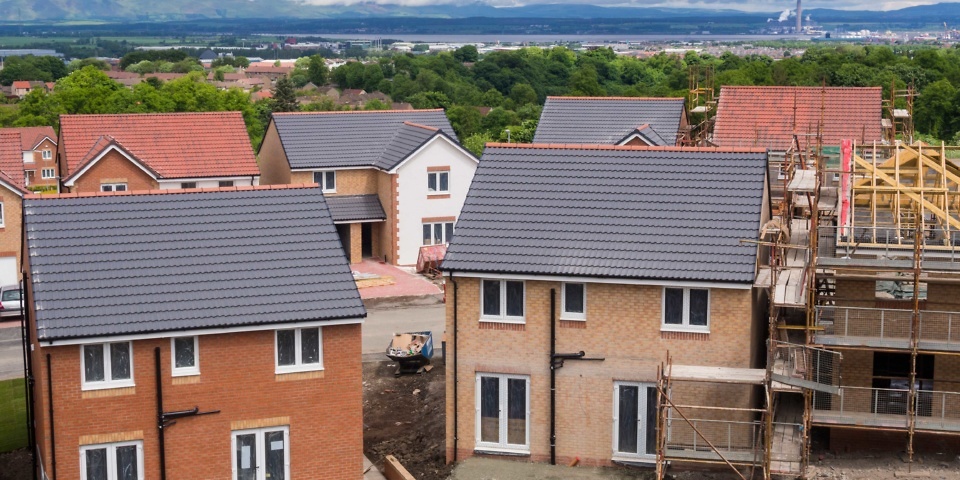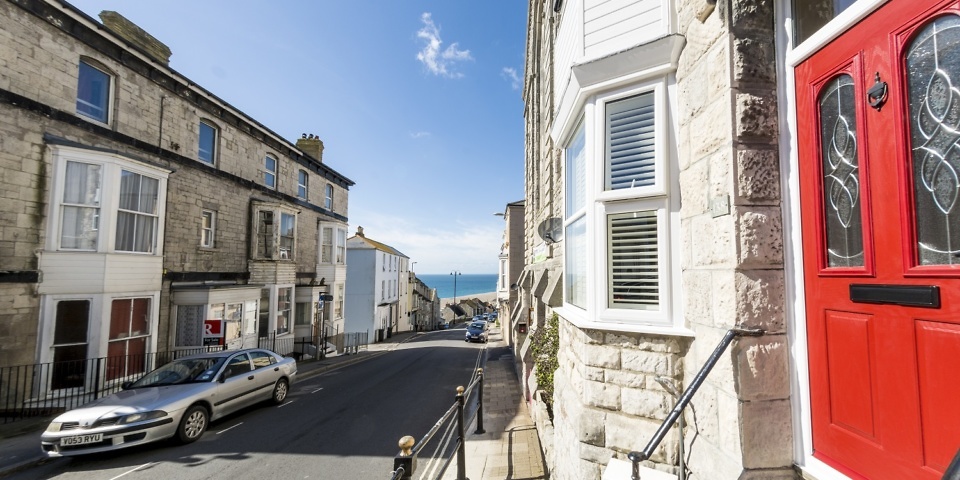
First-time buyers are increasingly embracing their parents for help purchasing a property, but studies show the Bank of Mum and Dad is not having enough cash.
A quarter of all UK property transactions are now a minimum of partly funded through the Bank of Mum and Dad, based on research by Legal & General.
Here, we explore what’s happening and explain your choices if you want to help your personal child get a foot around the property ladder.
Is the financial institution of Mum and Dad going bust?
This year, 316,600 homebuyers – around 27% of the total – will get the aid of friends or family, based on Legal & General. This really is up from 298,000, or 25%, in 2022.
The financial services company has predicted that these loans will come to lb5.7bn in 2022, contributing to property purchases worth lb81.7bn.
However, as the quantity of parents who are lending money is growing, folks are lending less money. Legal & General claims the average loan size will decrease from lb21,600 in 2022 to lb18,000 this year.
How can you help your child purchase a property?
The most straightforward method for you to help is to loan or gift your son or daughter a deposit.
It’s really worth taking legal advice before doing this, so you completely understand the implications of the generosity. Many of the important if your little one is buying with a partner or friend and also you wish to check what's going to happen when the relationship breaks down.
Your child will need to be upfront with the mortgage company about where their deposit is coming from, and you'll be susceptible to money-laundering checks.
Remortgaging to release cash
If you’re keen encourage with a deposit but don’t have enough money in the bank, you could consider remortgaging.
When remortgaging to be able to borrow more income, you’ll be subject to many of the same affordability checks and criteria that you were when you initially got the mortgage.
For this reason, it’s worth having your finances and credit rating so as before you apply – and, as always, taking advice from a completely independent mortgage broker to make sure you’re getting the cheapest price.
‘Family assist’ mortgages
There are more and more mortgage options for parents who don’t have cash to bring about a first deposit upfront. These are collectively referred to as ‘family assist’ mortgages, plus they sometimes give your child to gain access to 100% of the property price.
We’ve explained each type now available below, but would strongly advise talking to a whole-of-market broker before acting.
Guarantor mortgages
Here, you'd behave as a guarantor on your child’s mortgage. Which means that you’d result in their repayments when they couldn’t pay.
In yesteryear, the terms of guarantor mortgages means your own house could be in danger if your child stopped paying their mortgage, but nowadays there are some items that limit your liability.
Family offset mortgages
This involves you putting your savings within an account associated with your child’s mortgage. The total amount is deducted using their total mortgage sum before interest payments are calculated, meaning they pay less every month.
You might have to lock your hard earned money away until 75-80% of the property price continues to be paid off, that takes quite a long time – and also you won’t earn interest in your savings during this time period.
Family deposit mortgages
Again, your savings are kept in an account linked to your child’s mortgage – but here, the cash is held for any fixed period of time.
If your child defaults on their own mortgage, you’ll lose your savings, but on the plus side you will earn interest around the balance.
Family link mortgages
Launched by the Post Office in April, this ‘100% mortgage’ actually combines a 90% mortgage having a 10% loan, which is secured from the buyer’s parent’s home.
The bad thing is that you need to be mortgage-free to qualify. Also, the mortgage’s five-year set rate of 4.99% is high, so it’s worth taking advice on whether there are other cost-effective choices for you and your child.
Joint mortgages
The final option to mention is really a joint mortgage. This is often helpful as your income, along with your child’s, is taken into account in the affordability assessment.
A regular joint mortgage would mean that both your name and your child’s were around the property deeds, as well as the mortgage.
However, products such as the ‘First Start’ joint mortgage, which helps you to remain unnamed on the property deeds, are now available. This can help you avoid having to pay the stamp duty surcharge that is applied to people buying a second property.








